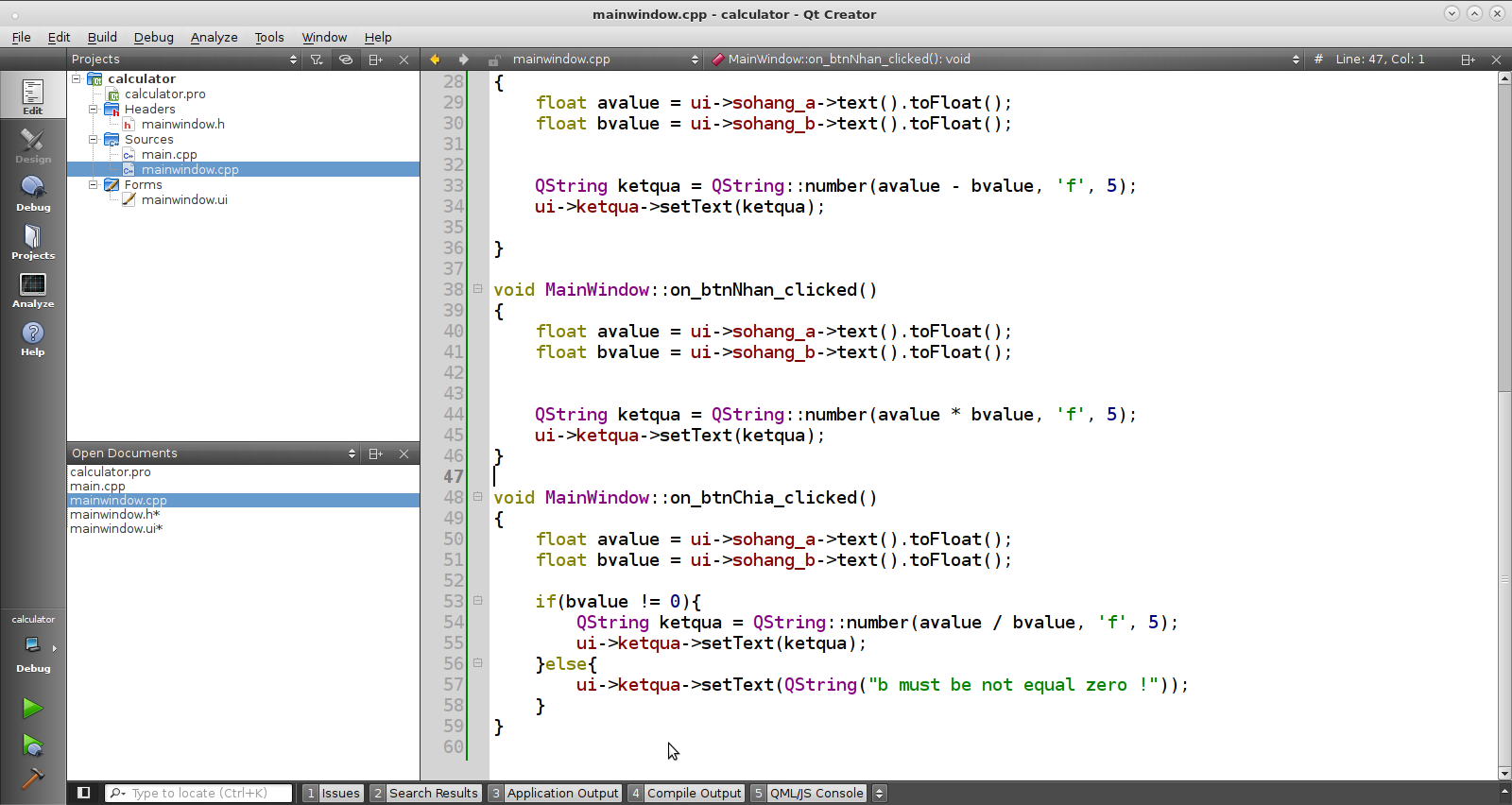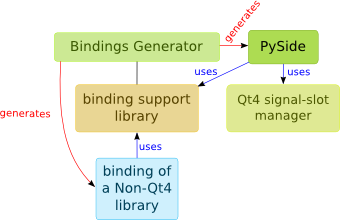C Signal Slot Library
Posted By admin On 18/03/22I’m really proud to announce the first release of the Socket.IO C++ Client on GitHub!
Based on Boost and WebSocket++, this full-featured Socket.IO 1.0 client has the fundamental advantage of working on multiple platforms. Check out the directory of examples. It contains examples of iOS, QT, and CLI chat clients!
To learn how to use this client, I put together a QT chat example that communicates using a Socket.IO Node.JS chat server. Keep reading for step-by-step instructions.
Introduction
Wheel of Wishes is the latest addition to the jackpot family of casino online and mobile slots. With 5 reels and 10 paylines, this game features Power Spins, a Scatter and a Wild, as well C Signal Slot Library as a Wheel of Wishes Jackpot Bonus, C Signal Slot Library with 4 different progressive jackpots that can be won at any time. Thanks to the flexibility of libsigc, the callback library used by gtkmm, the signal handler can be almost any kind of function, but you will probably want to use a class method. Among GTK+ C coders, these signal handlers are often named callbacks. Here's an example of a signal handler being connected to a signal.
If you’d like to follow along, begin by cloning the socket.io-client-cpp repository using the following:
The app includes the following features:
- Send messages to all users joining the room.
- Receive a notification when users join or leave the room.
- Receive notifications when a user starts typing a message.
Before you get started, visit the QT community to download and install QT.
Creating a QT GUI Application
Launch the QT Creator.
On the welcome page, select New Project, then create a QT Widget Application. Name it SioChatDemo.
The project structure should look like this:
Importing an SioClient
Lets copy the SioClient into the QT project under the subfolder sioclient.
Edit SioChatDemo.pro to configure paths and compile options by simply adding:
Add two additional compile options:
The no_keywords flag prevents qmake from treating some function names as emit as the keyword for the signal-slot mechanism.
Use c++11 to ask for C++11 support.
Importing Boost
We now have our boost headers and a fat boost static lib named libboost.a(non-win32) or boost.lib(win32).
To import them, we need to edit SioChatDemo.pro again by adding a header including the following:
Linker options:
Create the Main Window UI
Create a simple UI by dragging and dropping a widget from the widget box on the left-hand side.
It contains the following:
- A
QLineEditat the top to input a nickname:nickNameEdit - A
QPushButtonat the top right for login:loginBtn - A
QListWidgetin the center for showing messages:listView - A
QLineEditat the bottom for typing messages:messageEdit - A
QPushButtonat the bottom right for sending messages:sendBtn
Add Slots in the Main Window
The following slots need to be added in the mainwindow class to handle UI events:
- Click ‘Login’ button
- Click ‘Send Message’ button
- Text change in message editing (to show typing status)
- Return message editing (for sending responses)
Insert the following code into the MainWindow class in mainwindow.h:
Connect the UI Event Signal and Slots
Open mainwindow.ui in the design mode. Switch to the signals/slots mode using Menu->Edit->Edit Signals/Slots.
Click and hold the widget and drag it to the window (the cursor will become an electrical ground symbol) to open the connection editor.
In the connection editor, edit the main window slots on the right side. Add the slot function names added in mainwindow.h before.
Then we can connect the event signal to the widget with our own slots. The result should look like this:

Adding UI Refresh Signals/Slots
The sio::client callbacks are not in the UI thread. However, the UI must be updated with those callbacks, so we need a signal for the non-UI thread to request the slots functions in the UI thread. To signal that QListWidgetItem has been added, insert the following:
Then connect them in the MainWindow constructor.

Setting up the Socket
C Signal Slot Library Games
For single-window applications, simply let MainWindow class hold the sio::client object by declaring a unique_ptr member of the sio::client and several event handling functions in mainwindow.h.
Initialize sio::client and setup event bindings for the default socket in the MainWindow constructor.
We also need to handle connectivity and disconnect events.
Add the following to the MainWindow constructor:
Managing Connection State
We have several connection listeners for connection events.
First, we want to send a login message when were connected; we get the default socket from the client to do that.
If the connection closes or fails, we need to restore the UI before we connect.
If we exit the MainWindow, we need to clear the event bindings and listeners.
The sio::client object will be destroyed using unique_ptr.
Handling Socket.IO Events
We’ll need to handle socket.io events in our functions they are bound to.
For example, we need to show received messages in the list view.
Wrapping Up: Sending the Message
When sendBtn is clicked, we need to send the text in messageEdit to the chatroom.
Add the following code to SendBtnClicked():
Further Reading
You can run the demo project to get a closer look. Before you run it, please follow the instructions to make the Socket.io client library.
C Signal Slot Library Locations

C Signal Slot Library Overdrive
Don’t forget to star the project on GitHub to get updates!